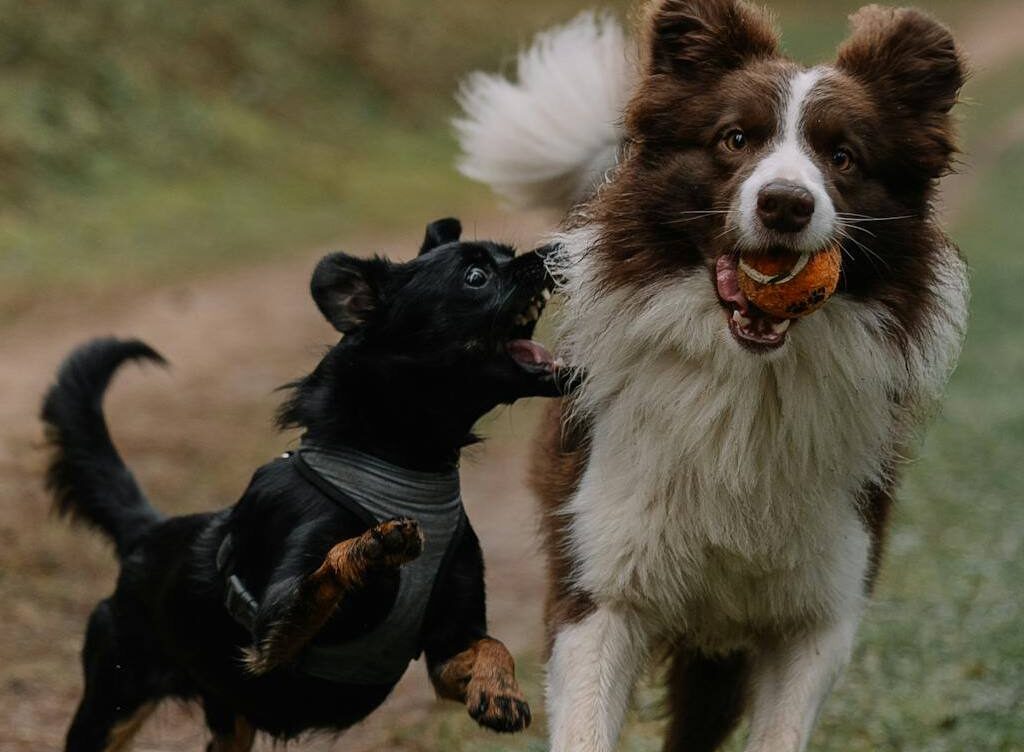
By Fur-Tales Team
Do Pets Get Jealous? How to Manage Sibling Rivalry Between Pets
If you have multiple pets in your home, you may have noticed behaviors that resemble jealousy. Whether it’s a dog pushing between you and another pet or a cat acting territorial, sibling rivalry is real in the animal world. While pets don’t experience jealousy in the same way humans do, they can feel competitive for attention, resources, and affection. Here’s how to recognize and manage sibling rivalry between pets to create a harmonious home.
Do Pets Experience Jealousy?
- Recognizing Jealous Behavior
- Growling, hissing, or barking when another pet gets attention
- Blocking access to their favorite person
- Guarding food, toys, or sleeping spots
- Increased clinginess or seeking excessive attention
- Engaging in disruptive behaviors like knocking things over or excessive barking
- Why Do Pets Get Jealous?
- Resource Guarding: Pets may perceive food, toys, or affection as limited resources.
- Routine Disruptions: A new pet, a baby, or changes in daily structure can cause stress.
- Past Experiences: Rescue animals with a history of neglect may be more prone to possessiveness.
- Reinforcement from Owners: Unintentionally rewarding jealous behavior can encourage it further.
How to Manage Sibling Rivalry Between Pets
- Ensure Equal Attention
- Give all pets individual time for bonding, walks, and play sessions.
- Avoid showing favoritism to prevent feelings of neglect.
- Establish Clear Boundaries
- Use commands like “wait” or “stay” to teach patience when giving attention.
- Set up separate feeding areas to prevent competition over food.
- Promote Positive Interactions
- Reward pets when they behave well around each other.
- Encourage cooperative play and shared activities to build positive associations.
- Provide Personal Spaces
- Ensure each pet has a dedicated area for sleeping, eating, and relaxing.
- Cats may need vertical spaces like shelves to escape dog interactions.
- Use Training and Reinforcement Techniques
- Reinforce calm behavior with treats and praise.
- Ignore negative behaviors instead of reacting to attention-seeking tactics.
- Gradual Introductions for New Pets
- Introduce new pets slowly to avoid overwhelming existing ones.
- Supervise initial interactions and provide separate safe spaces.
When to Seek Professional Help
If jealousy leads to aggression, destructive behaviors, or severe anxiety, consult a veterinarian or an animal behaviorist. Professional training and behavioral modifications can prevent conflicts from escalating.
